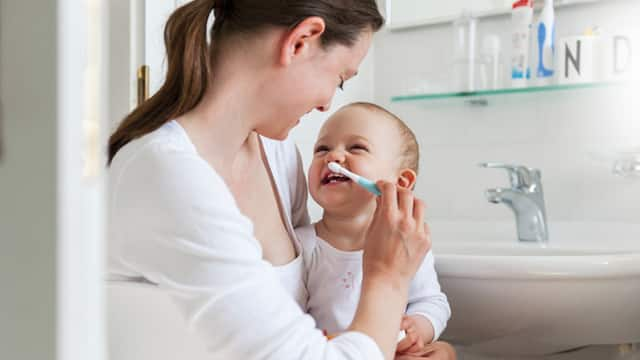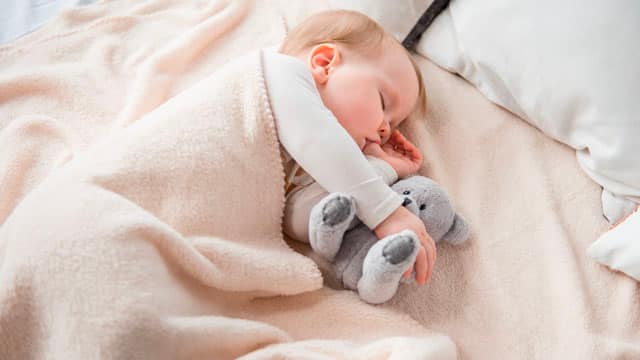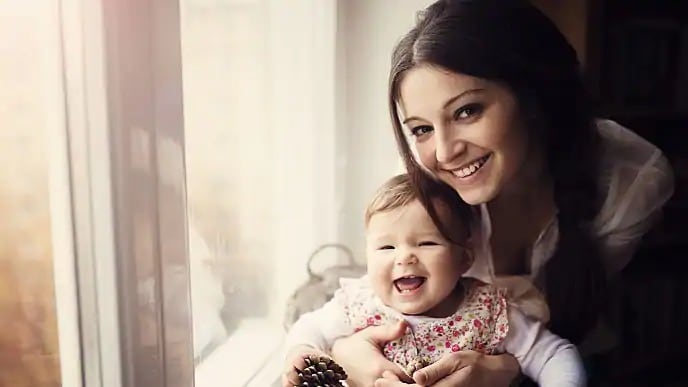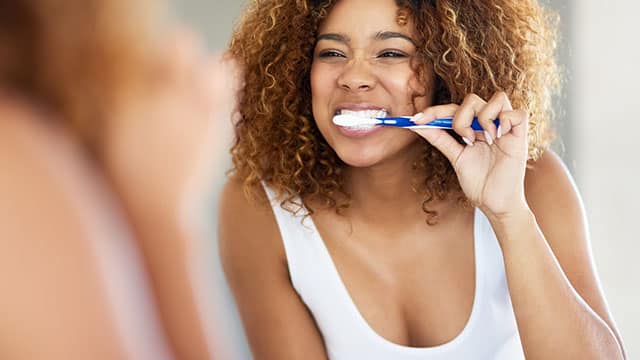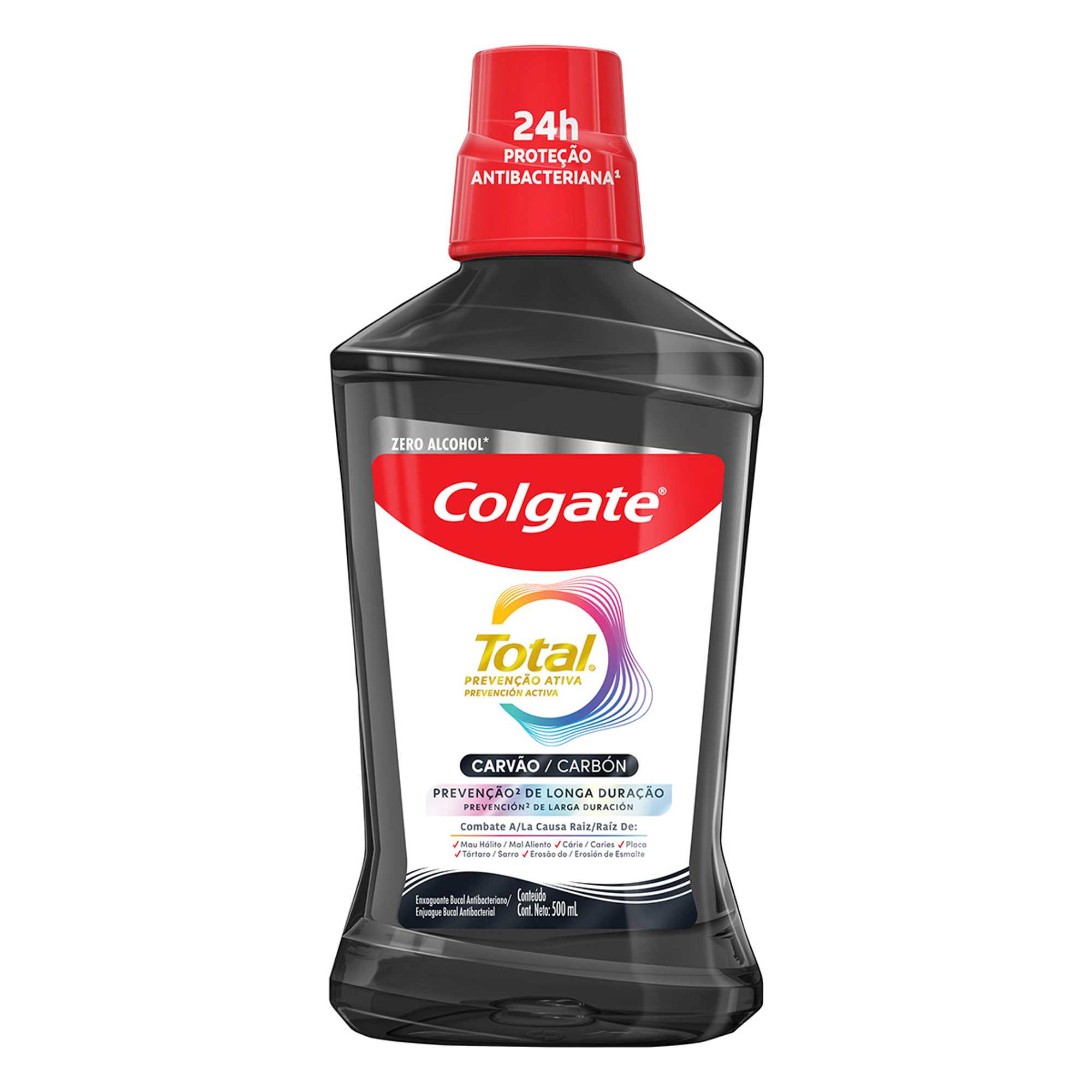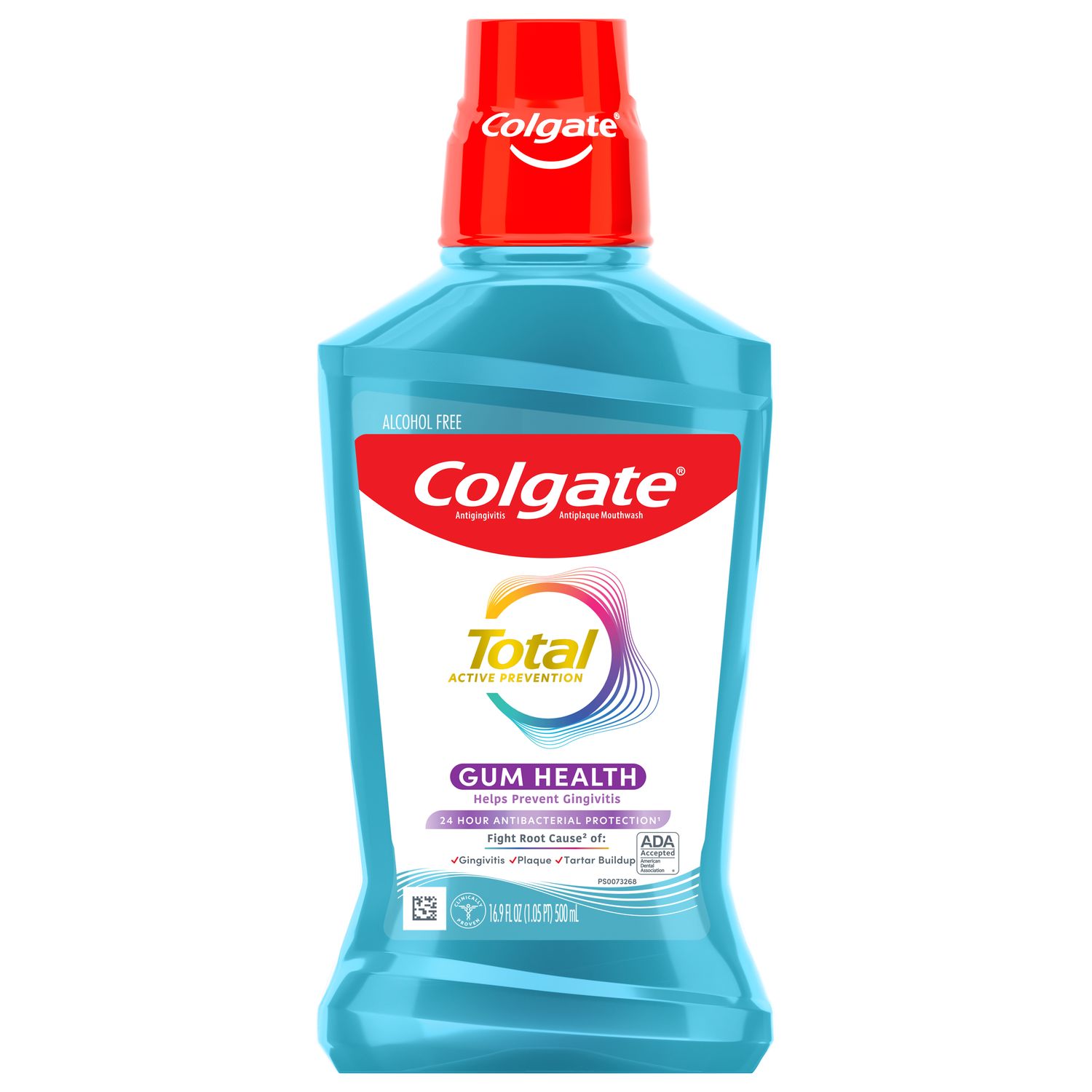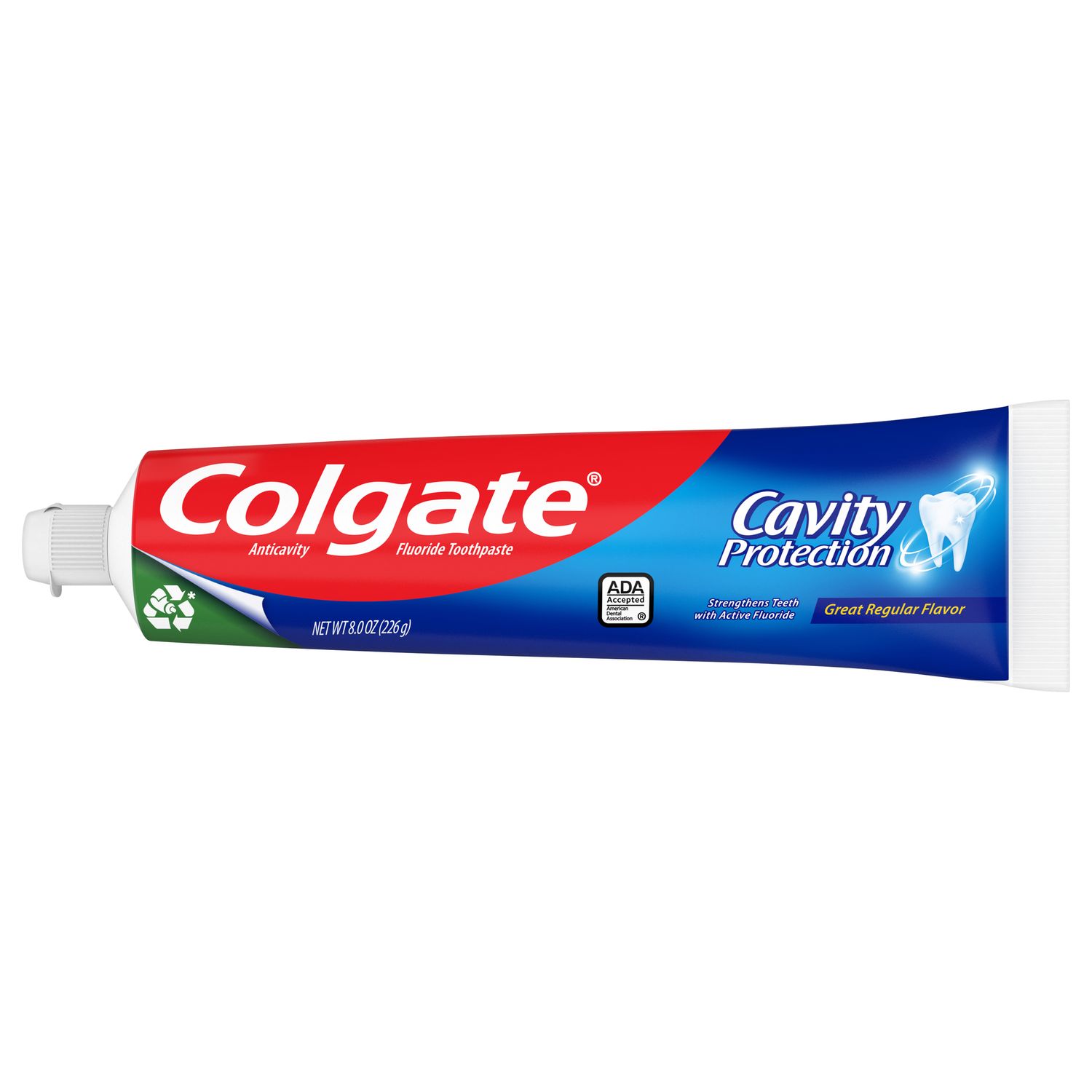At some point during those years, a mishmash of baby and permanent teeth will fill your child’s mouth.
During your child’s development, you might wonder:
- How can I know if a tooth is a baby tooth?
- At what ages should I expect my child’s baby teeth and permanent teeth?
- Should I care for baby teeth differently than for permanent teeth?
- How can I tell the difference between a baby tooth and a permanent tooth?
- Why do we need two sets of teeth?
What Should I Know About My Child's Baby Teeth?
Also called primary teeth, baby teeth should begin popping up fully formed – or in dental terms, erupt – at around six months of age, according to American Dental Association charts.
Usually, the bottom-center front teeth appear first, followed by the top-center front teeth (all known as incisors). The gums will then erupt with teeth on either side of the center incisors, with the molars and canine teeth coming in later.
All your little darling's baby teeth should come in by age 33 months or around age three.
Compared to permanent teeth, primary tooth roots are shorter and thinner to allow them to fall out. A good thing because we need two sets of teeth during our lifetime. Unlike, say, our noses, teeth in our young mouths don't expand as we grow up. (And it's hard to imagine a three-year-old sporting a full set of adult teeth.)
Why Are Baby Teeth Important?
Baby teeth play an essential role in ensuring your child has a beautiful smile as an adult. They also aid in your child's speech and chewing development.
Clinically speaking, baby teeth hold space in your child's jaw, so permanent teeth (also called adult teeth) will come in properly. So, if you notice small spaces between your child's baby teeth, don't worry. These spaces allow extra room for the permanent teeth.
What Happens When My Child's Baby Teeth Start Falling Out?
A few years after your child develops a full set of 20 baby teeth, expect the shedding of those teeth to take place from ages six to 12. Plus, expect permanent teeth – all 32 of them – to come in from ages six to 21 (with wisdom teeth being the late bloomers).
When your child sports teeth of both types – called mixed dentition – you might notice the baby teeth are whiter than the permanent teeth. The most common explanation is that your perma-teeth have more yellowish dentin, the layer below the enamel.
When all your child's permanent teeth come in, they should appear whiter and more uniform in color as the enamel layer hardens.
What's more, baby teeth lack the bumps on the end of the incisors called mamelons that adult teeth often display when they emerge.
How Can I Protect My Child's Baby Teeth?
It's essential to practice healthy oral hygiene habits with your child as early as possible to prevent problems such as these:
- When baby teeth are extensively decayed or injured, the permanent tooth developing in your gums can become infected or damaged.
- If your dentist must remove your child's baby teeth because of decay or injury, other teeth can drift and block the permanent tooth from coming in. The permanent tooth might even struggle to align correctly.
Strive to keep your child's baby teeth healthy and cavity-free by taking your baby to the dentist before age one. The American Academy of Pediatric Dentistry (AAPD) reports that if a child waits to see a dentist beyond their first birthday, they are more at risk for tooth decay.
Other recommendations from dental professionals include:
Birth to Age Six
- Clean your baby's gums with a wet gauze pad after feedings.
- Once teeth appear, prevent early decay by limiting the bedtime bottle to water.
- Gently brush baby teeth twice daily with a soft brush small enough for your child's mouth.
Ages Seven to 12
- Teach your child how to brush correctly and floss their teeth. This is especially important when two teeth touch.
- Check with your dentist about the best toothpaste at each age.
- The older your child gets, ask your dentist about such preventive measures as regular professional cleanings, fluoride treatments, and dental sealants.
At any age, you should serve tooth-friendly foods to your child and limit sweets.
Having healthy baby teeth will set your child up for success with their permanent teeth. By starting regular oral hygiene practices early, you can help ensure that no baby tooth is lost before it starts to wiggle.
Oral Care Center articles are reviewed by an oral health medical professional. This information is for educational purposes only. This content is not intended to be a substitute for professional medical advice, diagnosis or treatment. Always seek the advice of your dentist, physician or other qualified healthcare provider.
ORAL HEALTH QUIZ
What's behind your smile?
Take our Oral Health assessment to get the most from your oral care routine
ORAL HEALTH QUIZ
What's behind your smile?
Take our Oral Health assessment to get the most from your oral care routine





